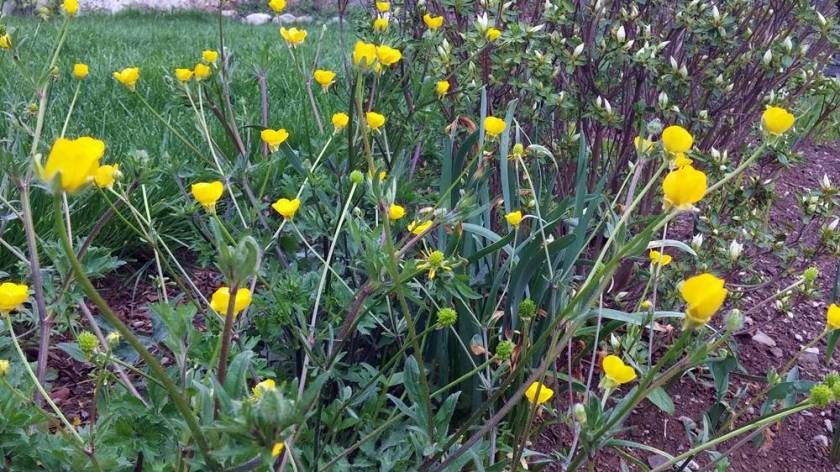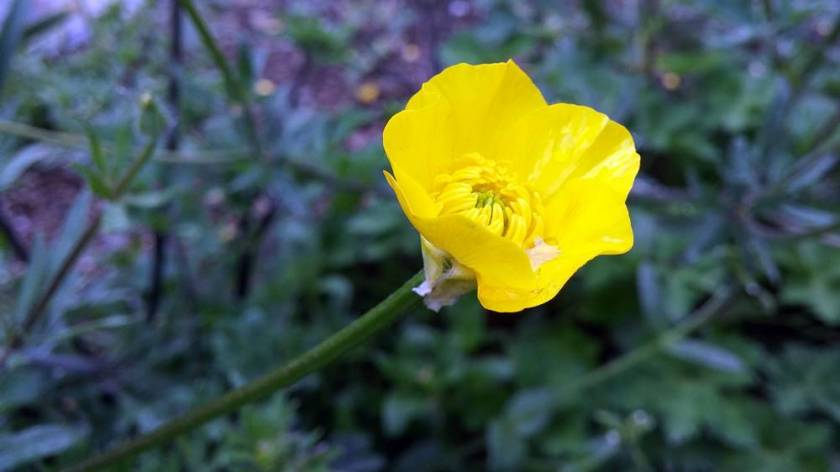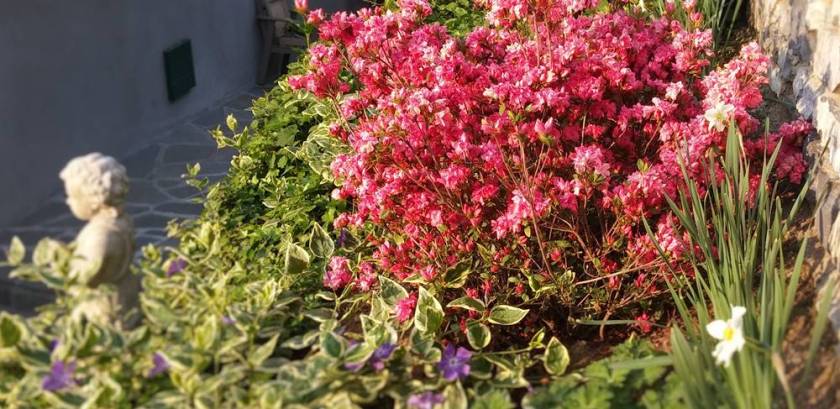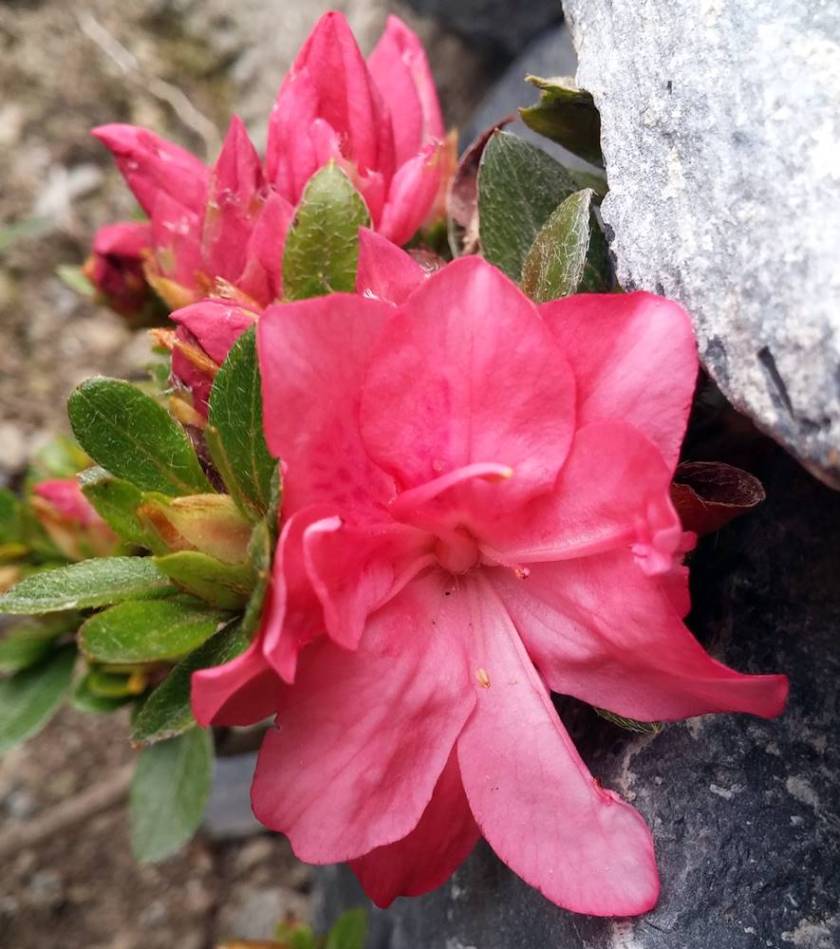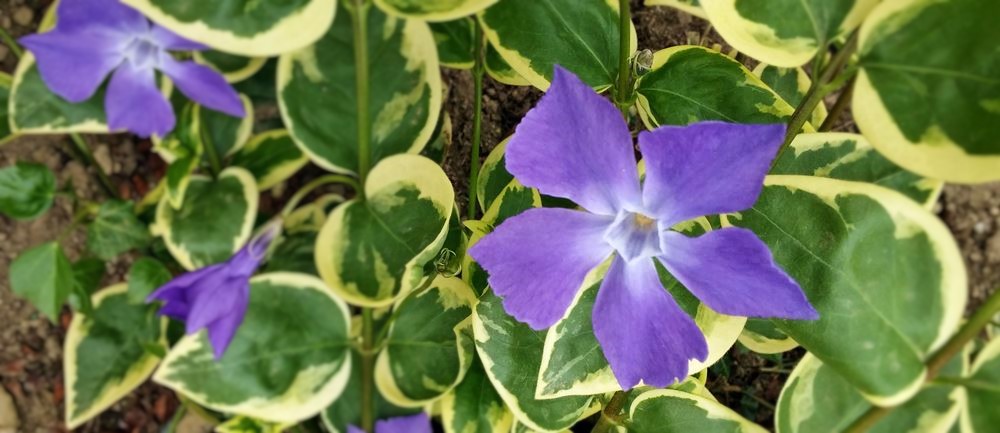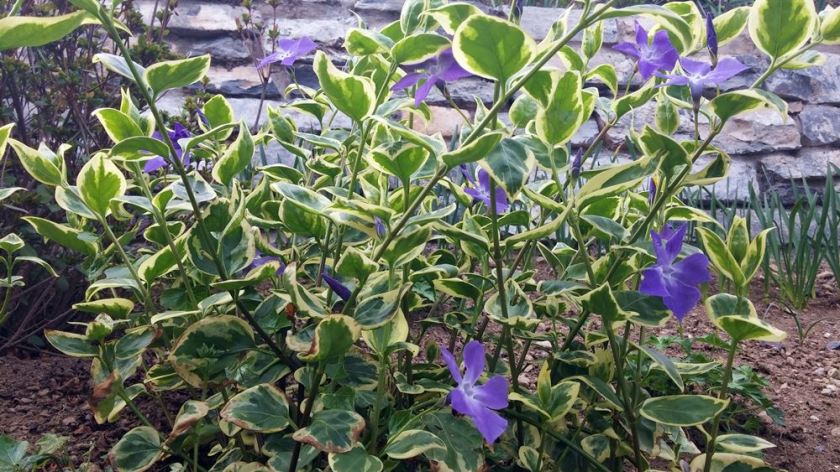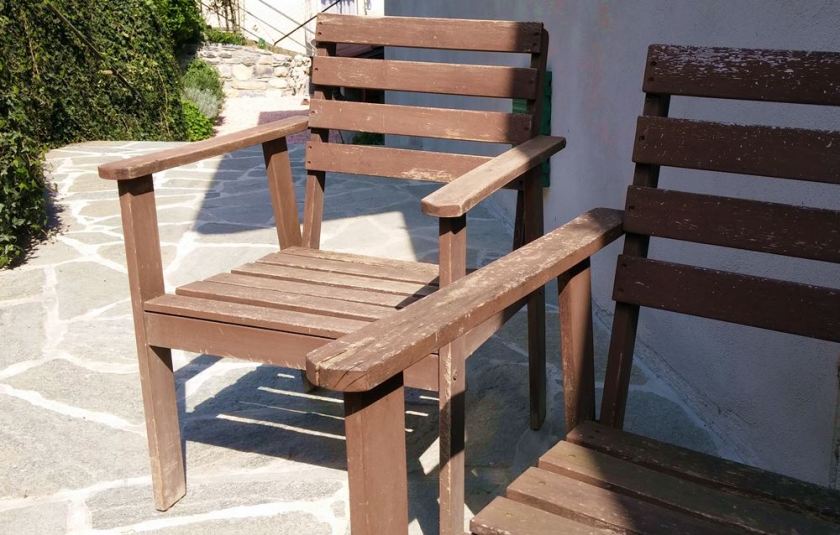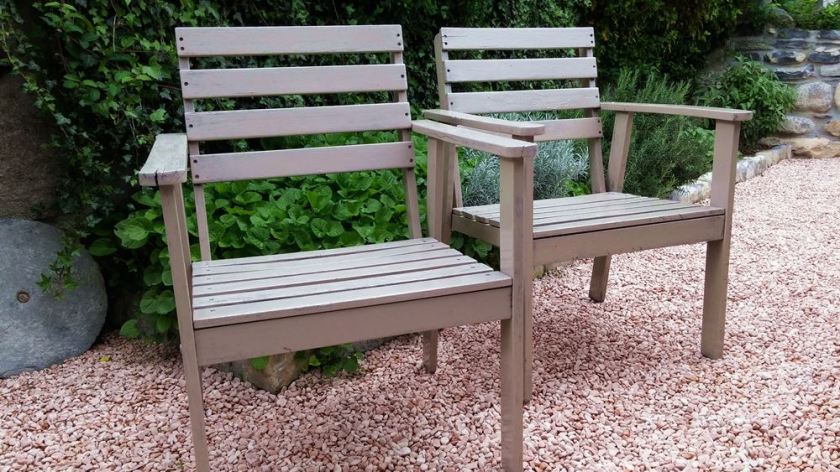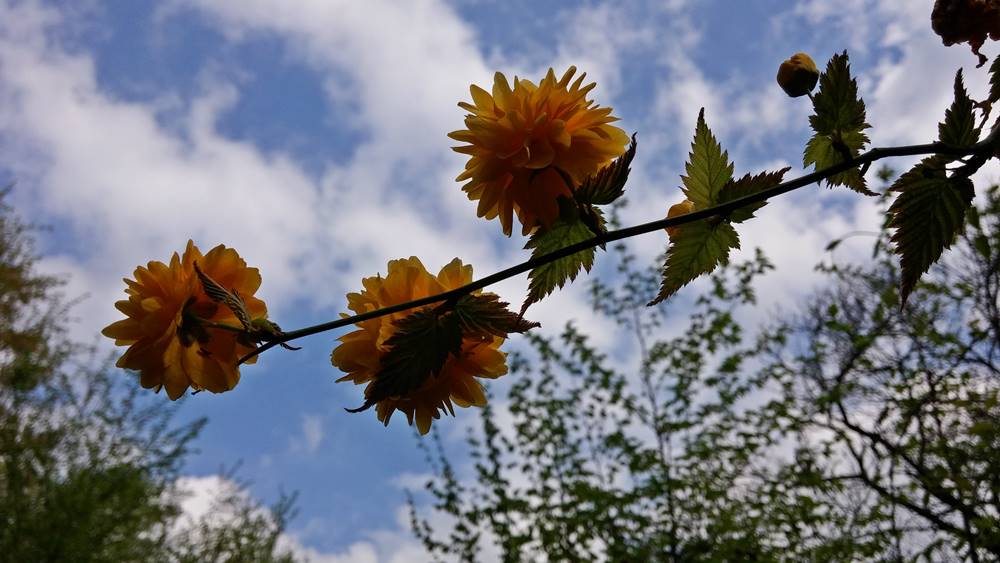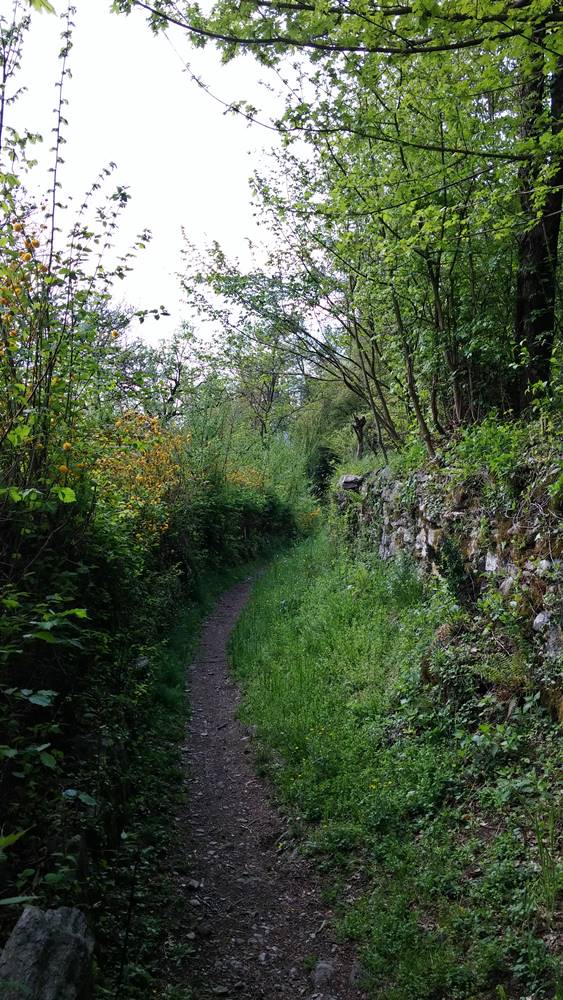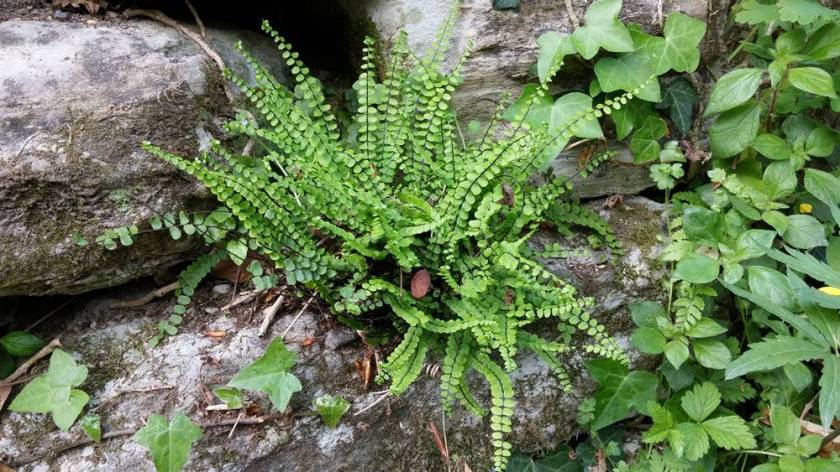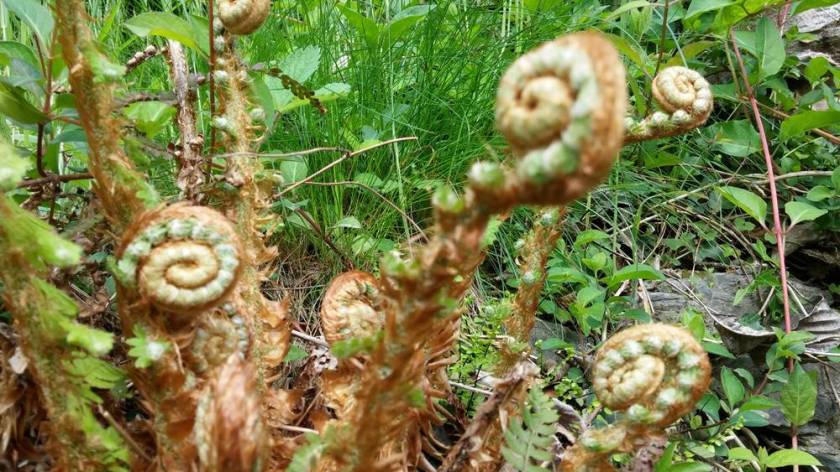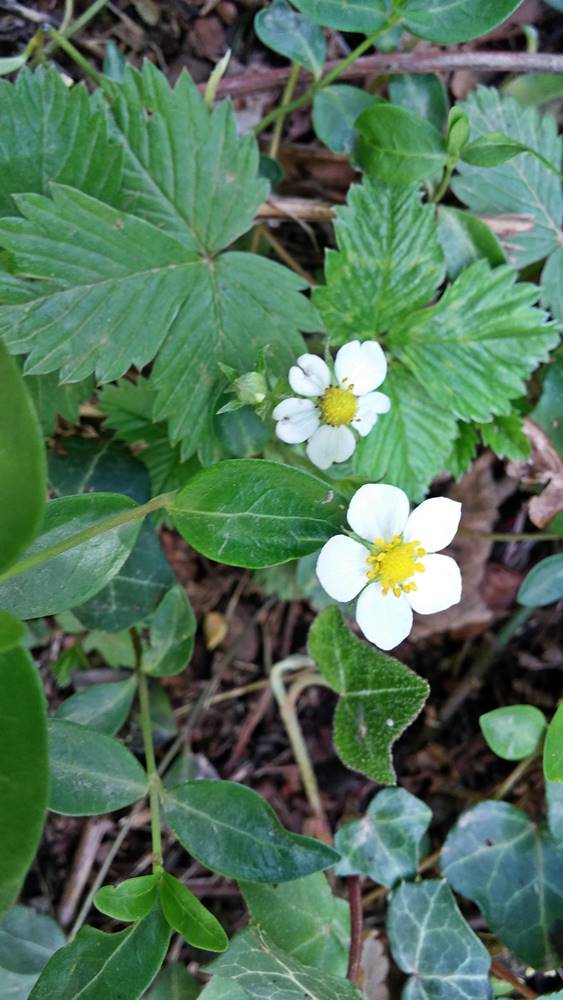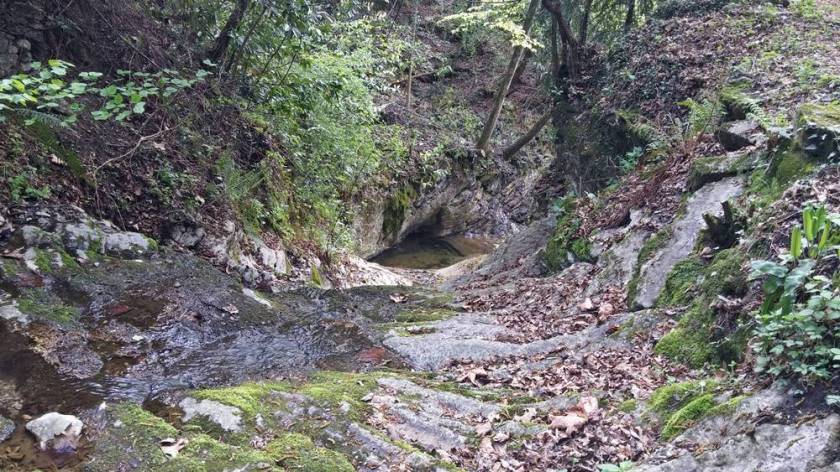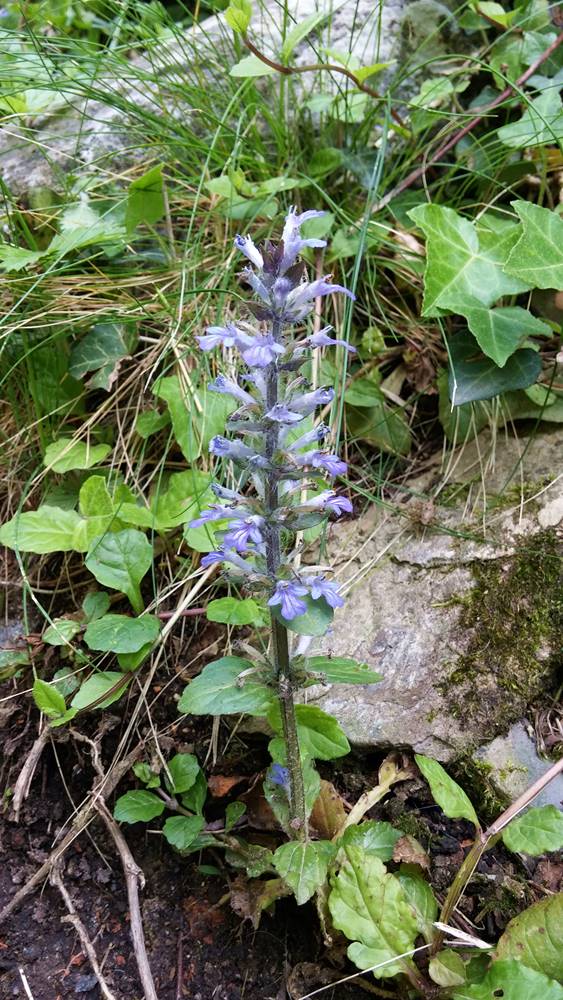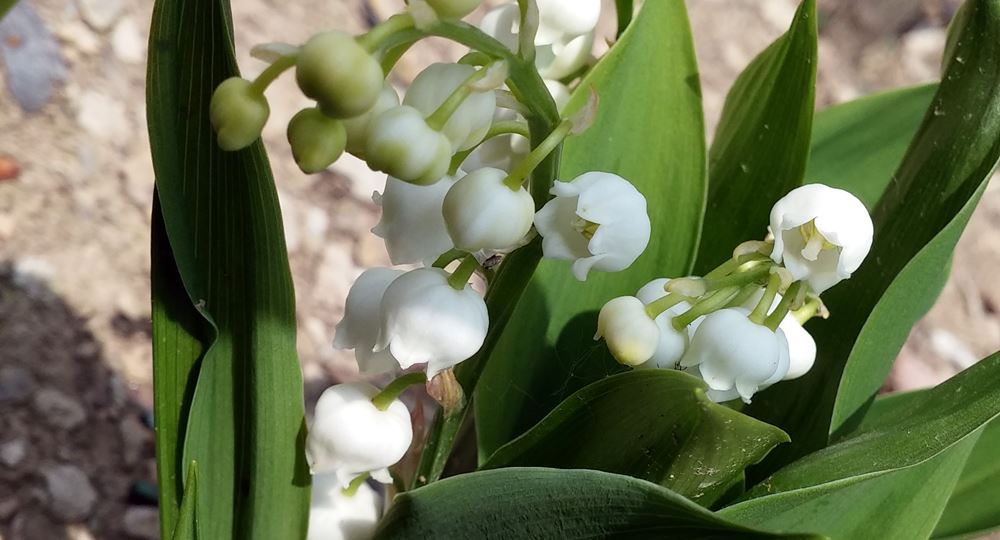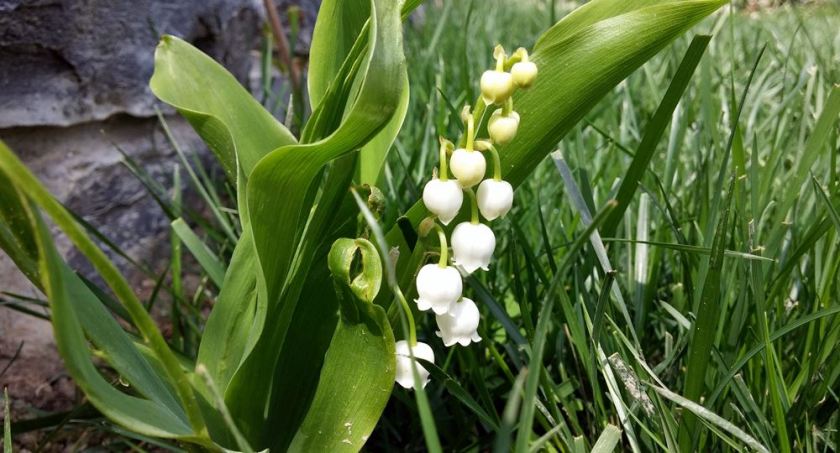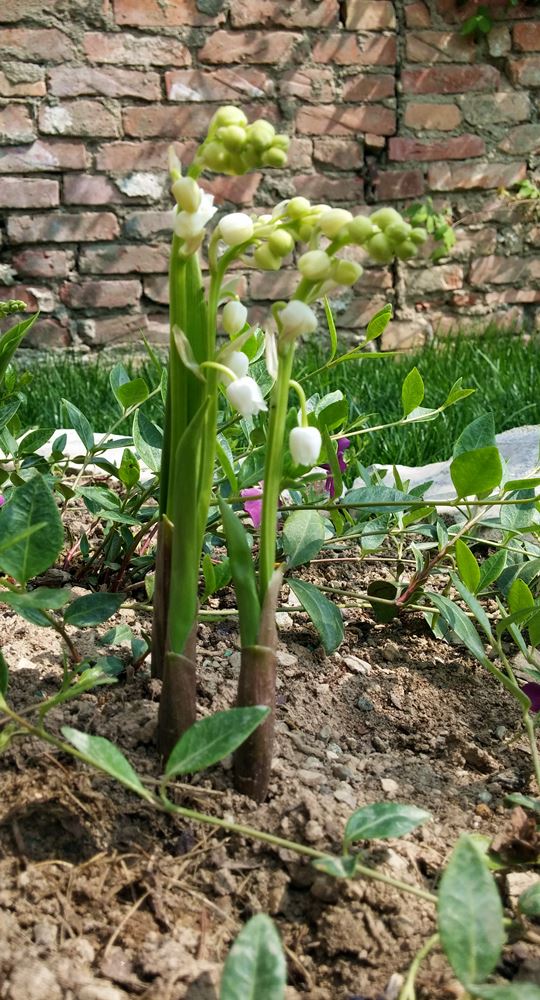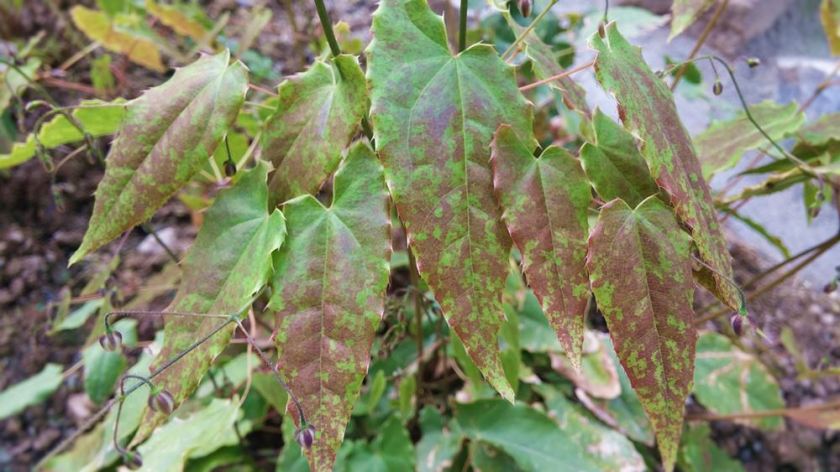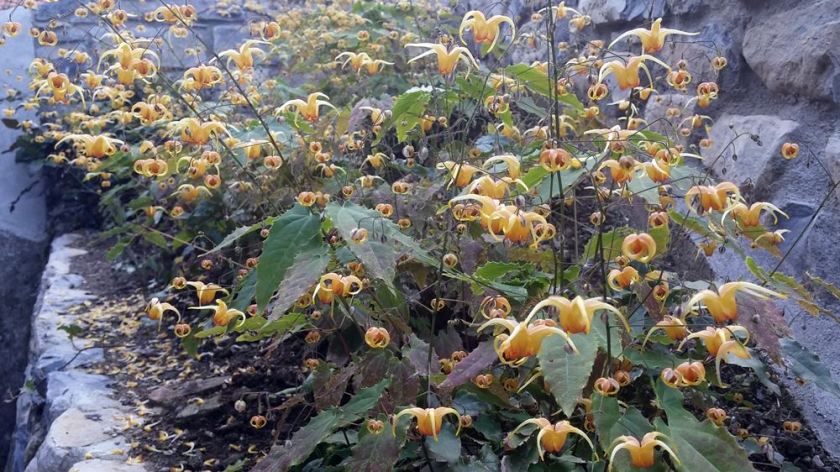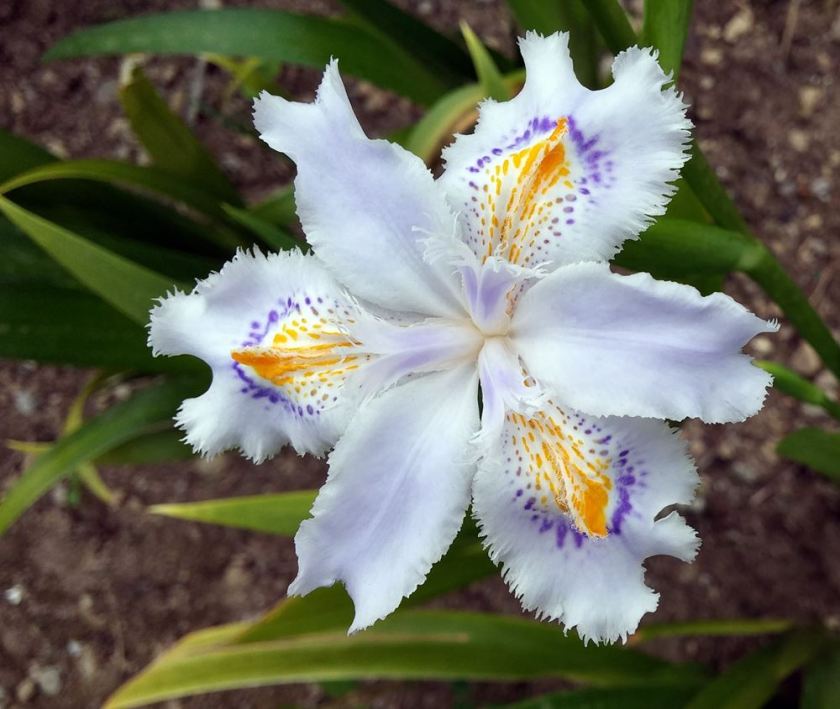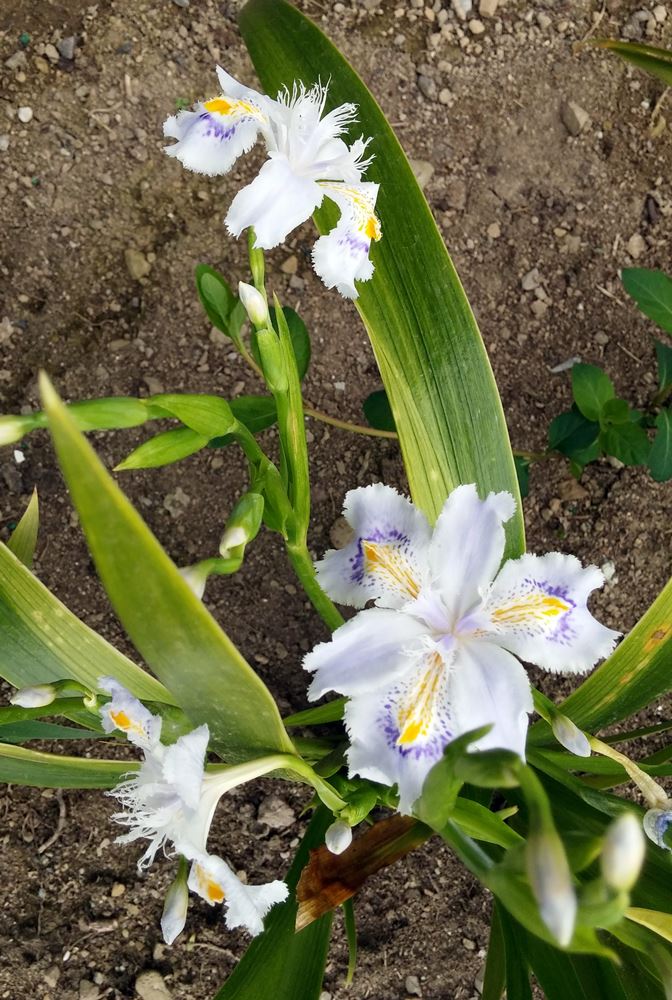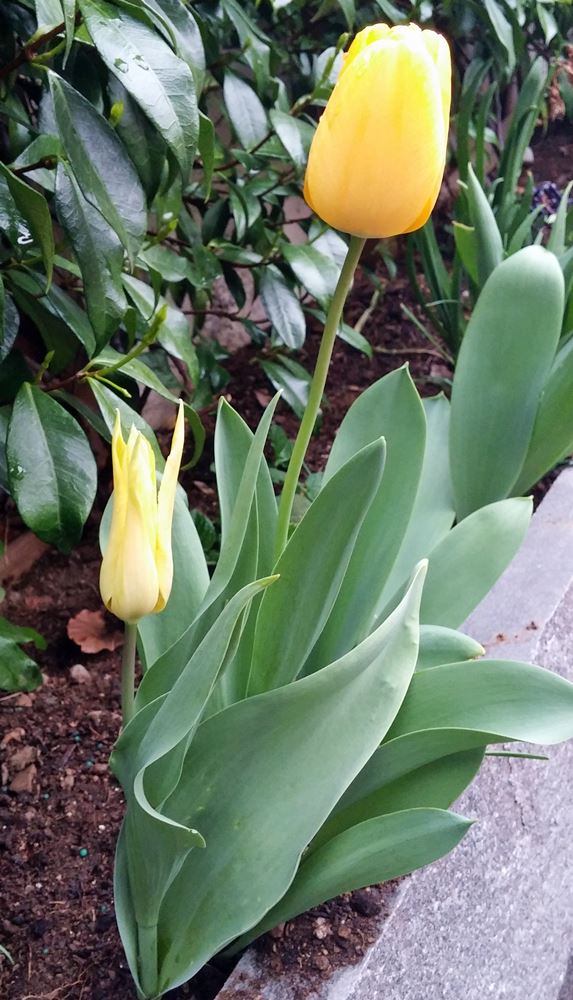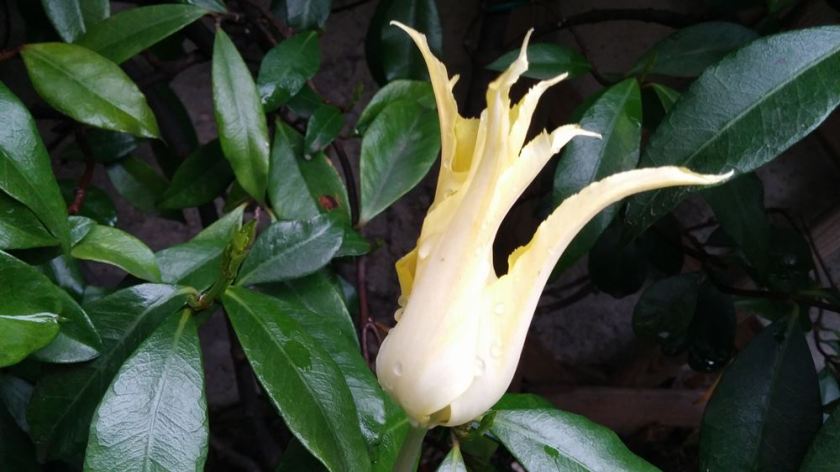If you have a wooden deck, you’ve got to maintain it. Sounds obvious, doesn’t it, but how many deck owners know what you actually have to do?
We did nothing with ours for several years. I thought the quality of hard wood was good enough to keep it as new. Nothing could be further from the truth.
With time the yellow-brown wood turned greyish. Green mould appeared in some places. It looked sad. Could we revive it?
In our Internet era answers, thankfully, can be found at a click of a mouse. The procedure is straightforward, but the job itself is 1) time consuming, 2) hard and 3) very dirty!
First I scrubbed the wood with a brush to get rid of superficial dirt. You cannot possibly imagine how much dirt the wood absorbs! Cleaning it with a jet might be a better solution, but I don’t have one. A hosepipe won’t do, the water pressure must be really high.
Then I applied a detergent that had to be left in for 24 hours. Next day it took me 4 hours to scrub and wash the deck clean. Then the wood had to be left to dry for minimum 24 hours. In my case, it was even longer because of the unforeseen rain.
Finally, the deck was oiled which was the fastest and easiest job.
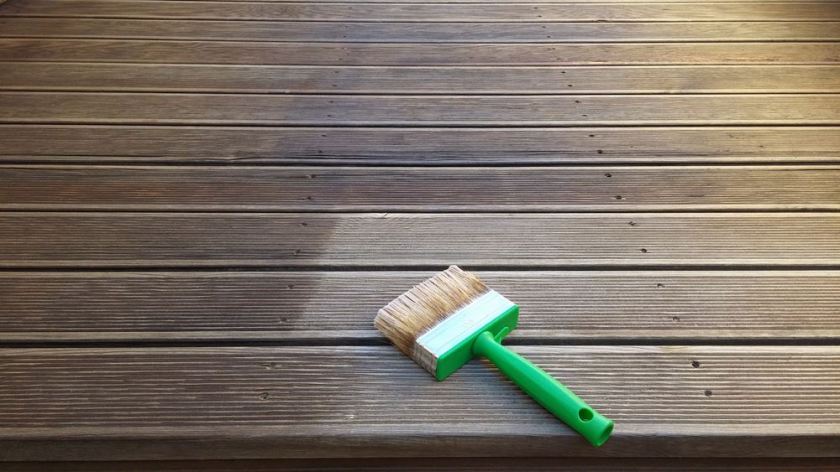
I bought specialist detergent and decking oil, both by Bondex. The detergent removes mould and algae. It cost under €12.25 for 1 litre, but it is a concentrate that can be diluted 1:20. This will last me for many more cleanings. The oil, called Extreme decking oil, was €48.90 for 2.5 litres. It will be enough for 2 more applications.
I didn’t get the deck as new, like they show in ‘before and after’ pictures, but it is a vast improvement from what it was before the treatment.
#deck #terrace #cleaning #oiling #works


